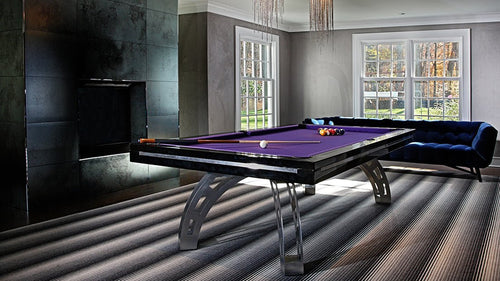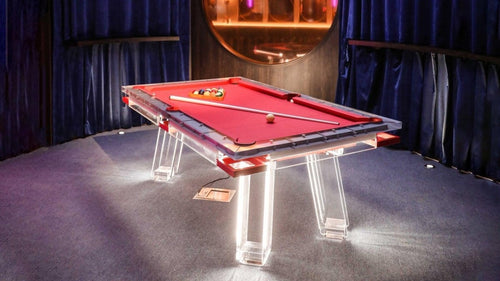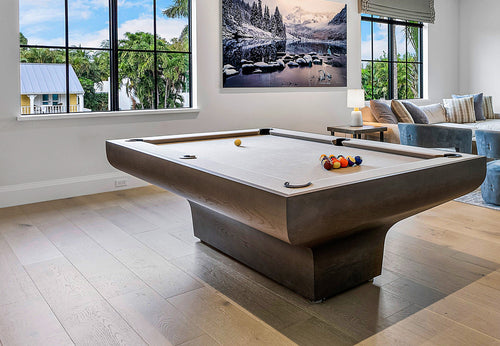Enjoy our modern designs
Estimated Read Time: 4 mins |
Introduction
One Pocket strips pool to its strategic core. With only two pockets in play—one for each side—every shot becomes a calculated duel of offense and defense. Far more than a test of potting prowess, One Pocket demands foresight, creativity, and fierce table management.
Equipment & Setup
A standard pool table and full rack of fifteen object balls set the stage. Balls are racked randomly in a triangle on the foot spot. Each player claims one of the two corner pockets at the foot end as their “home” pocket. The cue ball starts in hand behind the head string for the opening break.
Core Rules & Flow
Players alternate turns, shooting at any object ball but only scoring when it drops into their own pocket. No “call shot” is required—if the ball finds the right pocket, it counts. Tactical safeties, bank shots, and creative position play are essential to both score and deny your opponent opportunities.
Scoring & Victory
Each legally pocketed ball into your designated pocket adds one point. The match typically runs to a set number of points—often eight or ten balls—though some play to a predetermined total. When you foul, you permanently lose one of your already-scored balls, which returns to the table in a neutral spot. This high-stakes penalty ensures every mistake carries weight and can swing momentum in an instant.
Penalties & Fouls
Standard pool fouls apply, but the consequence is unique: spotting one of your previously pocketed balls. If you haven’t scored yet, your first future point is immediately spotted. Scratches or jumped cue balls hand your opponent cue-ball-in-hand behind the head string, setting them up to attack your pocket. After any foul, the incoming player shoots from the table position as is, preserving the tactical landscape.
Strategy & Appeal
One Pocket is as much about denial as it is about scoring. Leading players often maneuver clusters of balls near their own pocket, blocking easy paths to the opponent’s side. Safety battles can stretch for racks as each competitor hunts for the perfect angle or opportunity to break open the table. Its blend of chess-like planning and shotmaking skill makes One Pocket a beloved fixture in clubs and money games alike.
Conclusion
For players who crave deep strategy over flash, One Pocket offers endless complexity. Each frame tests your ability to shape the table, control the cue ball, and outthink your rival. If you’re ready to elevate your pool game into a cerebral contest of wits, chalk up and focus on your pocket—because in One Pocket, every ball counts twice: once for position, and once for the win.


















